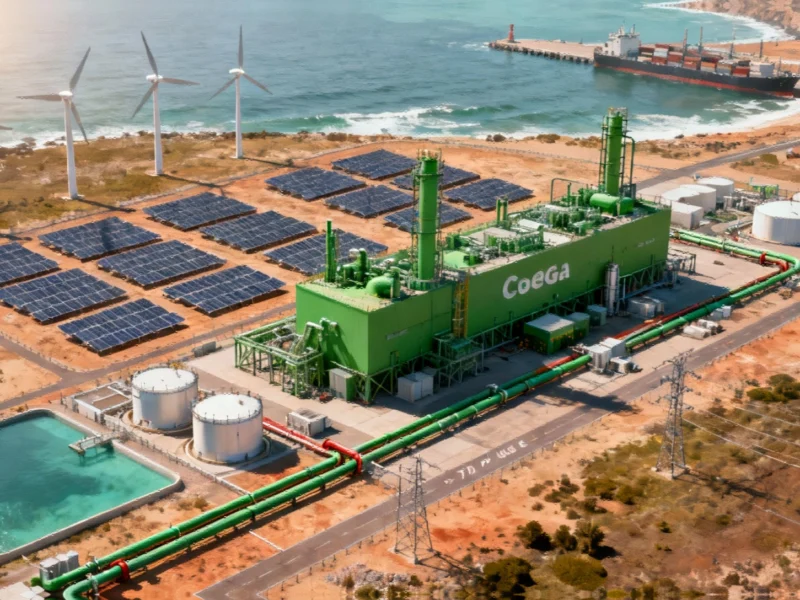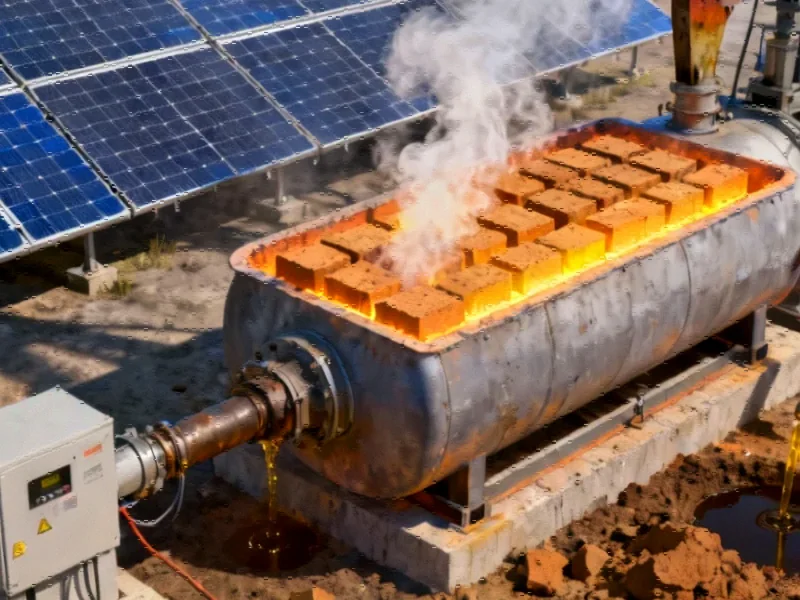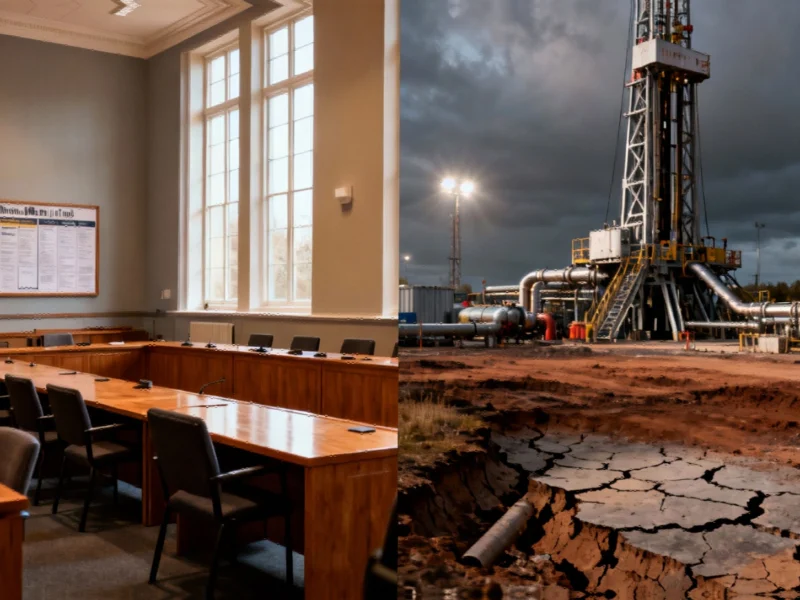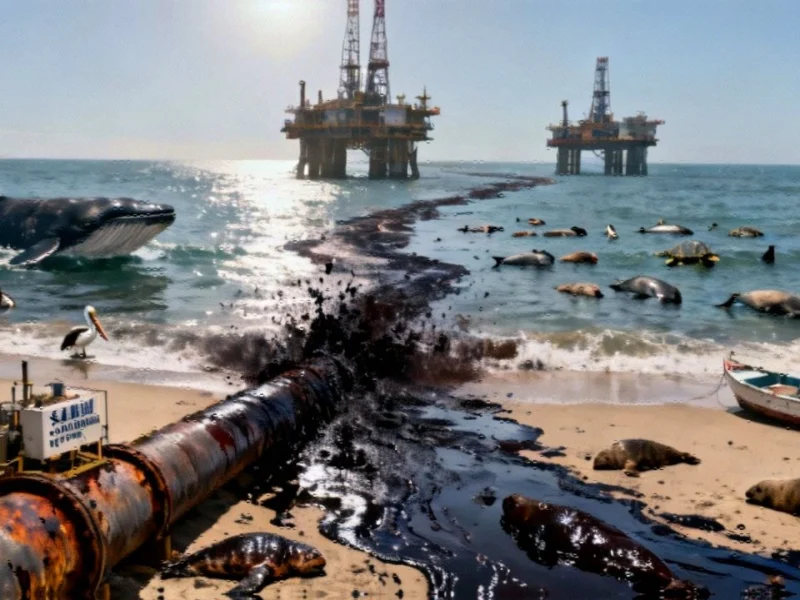Major Green Ammonia Project Advances in South Africa
A massive $5.8 billion green ammonia project in South Africa has received high-level international endorsement and is progressing toward a 2027 construction start, according to project developers. The Coega green ammonia project, located in the Coega Special Economic Zone alongside the Port of Ngqura in Gqeberha, represents one of Africa’s most ambitious renewable energy initiatives.
Project Specifications and Renewable Integration
Sources indicate the project aims to establish a green ammonia plant producing more than one-million tonnes annually, with its own dedicated renewable power supply. Project documentation shows the facility will be supported by a 1,430 MW solar PV cluster of nine solar farms and 1,879 MW of wind power across two clusters of five wind farms.
The report states that environmental authorization has been secured for Hive Hydrogen’s 1,000 MW Carissa wind energy facility near Beaufort West, which will comprise 154 turbines. Analysts suggest this extensive renewable infrastructure will ensure the hydrogen-derived ammonia production maintains its “green” certification by relying entirely on renewable energy sources.
International Endorsement and Development Timeline
The project received significant validation when European Commission President Ursula von der Leyen highlighted it as a flagship initiative during the October 10 announcement of an expanded South Africa-European Union Just Energy Transition Partnership. This endorsement comes as similar major projects globally are gaining traction, including Salesforce’s ambitious revenue projections and Lamborghini’s navigation of economic challenges in the automotive sector.
According to the development schedule, final investment decisions are expected by July 2026, with construction beginning in 2027 and commissioning targeted for December 2029. The project is currently in the front-end engineering design stage, with full environmental approval already secured.
Economic Impact and Export Markets
The project reportedly will create more than 20,000 jobs during construction and operation, providing significant economic stimulus to the Eastern Cape region. With capital expenditure of R105-billion ($5.8-billion), the development represents one of the largest private investments in South Africa’s renewable energy sector.
Export markets have been identified as Japan, Korea, and Europe, where green ammonia is increasingly sought as a clean energy carrier and fertilizer feedstock. The project’s timing aligns with global shifts in energy investment, similar to broader economic analyses of trade impacts and technological advancements in adjacent sectors.
Infrastructure and Technical Specifications
Project specifications indicate the facility will include:
- Seawater abstraction, desalination and demineralisation facilities
- Storage infrastructure with two 7 km pipelines for 70,000 tonnes of green ammonia
- Dedicated renewable generation clusters totaling over 3,300 MW of capacity
- Grid connection capabilities enabling other independent power producers to connect their assets
The development’s comprehensive approach to renewable integration comes amid wider industry trends, including Microsoft’s expansion into agentic AI systems and breakthrough medical innovations demonstrating how large-scale projects are transforming various sectors.
Ownership and Development Partners
The project is owned by Hive Hydrogen South Africa, with BuiltAfrica holding 25% and the UK’s Hive Energy controlling 75%. Key development partners include Genesis Eco-Energy (wind generation), Akuo Energy Afrique, Africoast Investments and Golden Sunshine Trading (Crossroads Green Energy cluster).
According to reports, the project represents a significant step in South Africa’s energy transition and positions the country as a potential hub for green hydrogen and ammonia production for global markets.
This article aggregates information from publicly available sources. All trademarks and copyrights belong to their respective owners.



